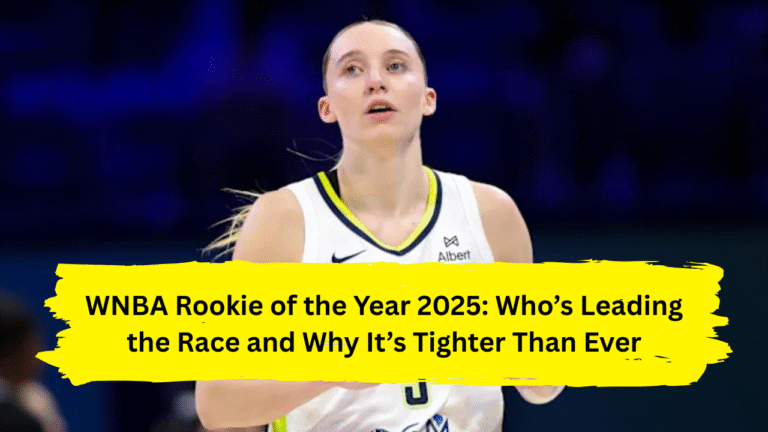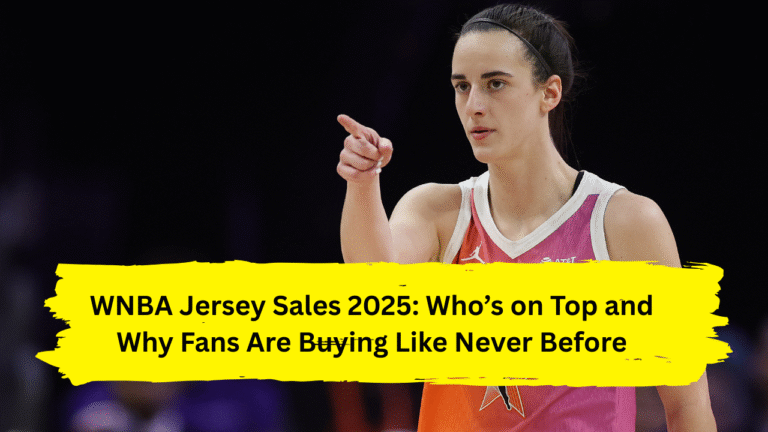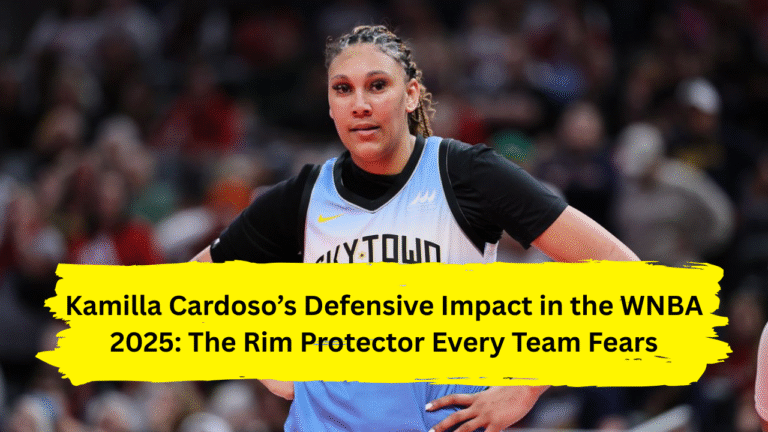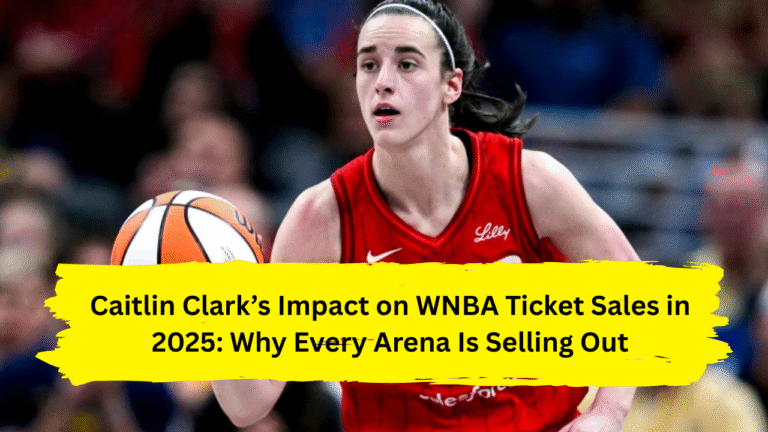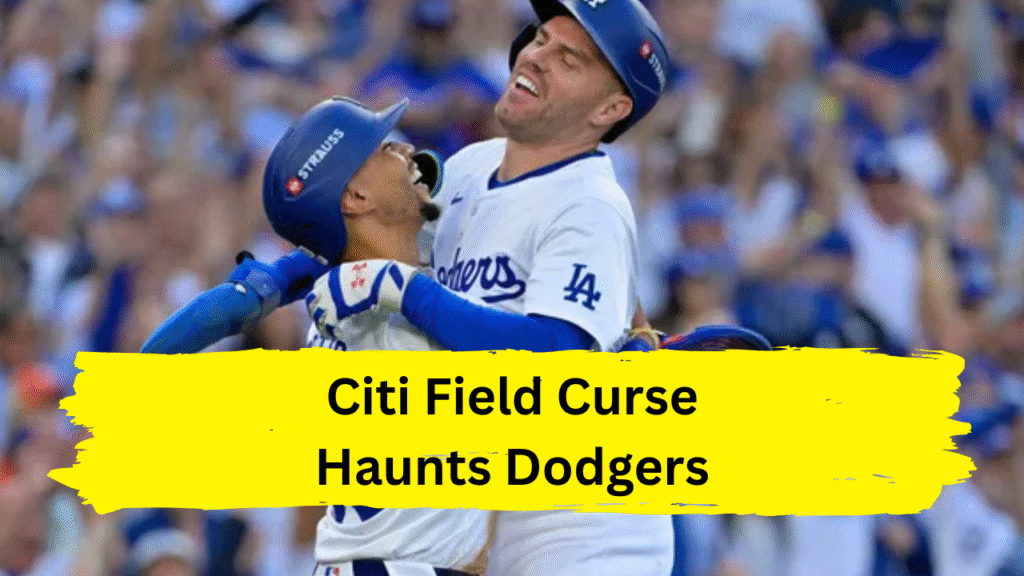
Why do the Dodgers struggle at Citi Field year after year? We dissect the pitching nightmares, defensive lapses, and psychological hurdles behind this MLB paradox. Unlock the secrets of Queens’ house of horrors for L.A.
You know the script by now. The Dodgers—baseball’s golden empire, a roster dripping with MVP talent, a payroll that could fund a space program—march into Queens with swagger. Then, like clockwork, something snaps. Fastballs catch too much plate. Grounders skid under gloves. Pinch-hitters turn into legends. By the time the plane lifts off from LaGuardia, another series slips through their fingers. Why do the Dodgers struggle at Citi Field with such poetic consistency? It’s not bad luck. It’s a pattern etched into box scores and haunted dugouts. Just this May, a routine grounder bobbled by Max Muncy sparked a chain reaction leading to a 3-1 loss. “It makes you feel like the game is on your shoulders,” Muncy later admitted, staring blankly into the distance . The numbers don’t lie: Despite clinching the NL’s top seed in 2024 , the Dodgers’ aura dims under the Flushing lights. But why? Buckle up. We’re diving deep into the labyrinth of pitching chaos, defensive ghosts, and the deafening roar of a home-field advantage that’s become the Dodgers’ kryptonite.
The Weight of History: Echoes of October Heartbreak
Let’s rewind to 1988, a year forever tattooed on both franchises’ souls. The Mets, a 100-win juggernaut, faced the Dodgers in the NLCS. New York dominated the regular season, winning 10 of 11 meetings. Then, Game 4 happened. With the Mets one out from a 3-1 series lead, Mike Scioscia launched a Dwight Gooden fastball into the night. The shock wave still reverberates. The Dodgers stole the series, then the World Series, while the Mets plunged into a decade-long drought . Fast-forward to 2015: Chase Utley’s slide shatters Ruben Tejada’s leg, igniting a fire in the Mets. They stormed back, crushing L.A.’s dreams at Citi Field . History isn’t just background noise here—it’s a live wire. Every error, every stranded runner, feels like a rerun. When Mookie Betts airmailed a flip to second this May, gifting the Mets a run, you could almost hear the ghosts of Shea Stadium laughing . Dodgers struggle at Citi Field? It’s baked into their DNA.
Citi Field’s Voodoo: Park Factors and the Mets’ Home-Field Advantage
Step into Citi Field in 2025, and you’ll feel it—a tectonic shift in energy. The Mets boast a home-field advantage that’s statistical and spiritual: 17-5 at home, tied for MLB’s best record, with crowds averaging 36,795 (5th in MLB) . “They’ve been bringing it all year,” pitcher David Peterson marveled. “The atmosphere they create is a huge advantage” . But it’s more than decibels. Citi Field’s dimensions toy with minds. Its deep alleys and marine-layer breeze turn would-be homers into warning-track outs. Remember May 2025? Andy Pages crushed a fly ball that died on the track, snuffing a Dodgers rally. “One of those nights we just gave them extra outs,” sighed Dave Roberts . Meanwhile, the Mets feast on momentum. Pete Alonso’s two-run homer off a hanging curve after Muncy’s error? That’s Citi Field alchemy—turning opposition mistakes into home-team gold.
Pitching’s Perfect Storm: When Rotations Unravel
Here’s where the Dodgers struggle at Citi Field morphs from quirk to crisis. L.A.’s pitching—a symphony of aces on paper—crumbles in Queens. Start with workload: No rotation logs fewer innings than the Dodgers . By June 2025, 14 pitchers were injured, including stars like Tyler Glasnow and Roki Sasaki . Now drop them into a 13-inning, rain-soaked marathon that ended at 1 a.m.—exhausting an already thin bullpen . “It’s a tough way to start a road trip, depleting the bullpen like that,” admitted Clayton Kershaw . The Mets exploit this ruthlessly. They grind at-bats, forcing taxed arms into mistakes. In a recent series, Yoshinobu Yamamoto dazzled, but behind him? A void. Landon Knack left a curve up to Alonso; Tanner Scott served up a go-ahead double to Francisco Alvarez . Without a healthy pitching rotation, the Dodgers’ margin for error evaporates. And at Citi Field? Errors multiply.
Defensive Lapses: The Unforced Errors That Define Meltdowns
If pitching is the first domino, defense is the second. The Dodgers’ defensive lapses at Citi Field border on farce. In 2025 alone:
- Max Muncy’s MLB-leading 8th error (a bobble) led directly to Alonso’s homer .
- Mookie Betts’ errant flip cost a run .
- A late relay miscue opened the door for a Mets comeback .
These aren’t isolated blips. They’re symptoms of pressure-cooker baseball. The Mets force action—speedy runners, sharp grounders, high-stakes decisions. And under duress, L.A. cracks. Contrast this with the Mets’ own defense: Tyrone Taylor’s laser throw to nail Betts at home in May was a momentum-killer . In Queens, every inch is contested. For the Dodgers, those inches become canyons.
The Psychological Grind: When the Mind Follows the Body
Beyond stats, there’s something visceral about this house of horrors. Imagine being Shohei Ohtani—launching a first-inning homer to ignite your team, only to watch leads fizzle amid double plays and missed chances . “It’s been pretty frustrating,” Muncy confessed after another loss. “We keep shooting ourselves in the foot” . The Dodgers struggle at Citi Field because it’s where their deepest flaws—overworked staff, defensive focus, clutch hitting—get magnified. Meanwhile, the Mets play loose, fueled by a crowd that smells vulnerability. Juan Soto’s swagger? Francisco Lindor’s flair? They feed off the noise. For L.A., the weight of expectation collides with the ghosts of 1988, 2015, and every gut-punch loss in between.
Conclusion: The Citi Field Crucible and the Road Ahead
So, why do the Dodgers struggle at Citi Field? It’s history’s echo in a close-play relay. It’s a pitching rotation pushed to breaking point. It’s defensive lapses under duress. And above all, it’s a home-field advantage forged in decibels and belief. The Mets don’t just play here; they thrive here, turning the park’s quirks and crowd’s roar into weapons. For the Dodgers, reversing this curse demands more than talent. It requires exorcising ghosts—playing clean, ruthless baseball for nine innings, not seven. Until then? Queens remains their darkest alley. But baseball loves a redemption arc. This October, if these titans clash again, the answer to this riddle might rewrite history. Or deepen the mystery. Either way, we’ll be watching.

